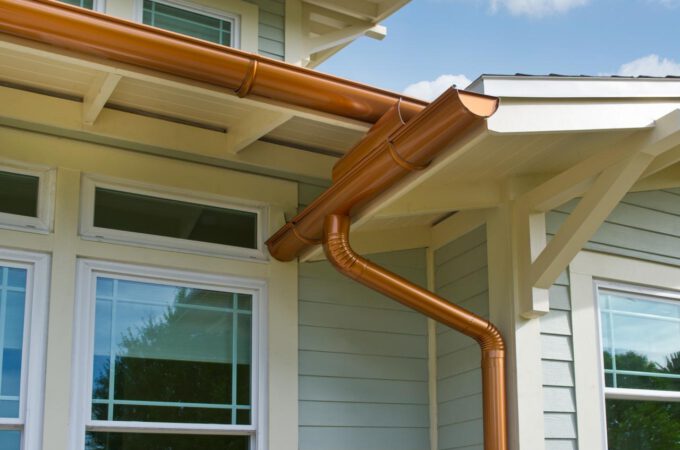How to Apply Roofing
The first step in reroofing a home is removing the old roofing. While tearing off the old roof is almost always the preferred option, if you aren’t able to, you can use the following methods instead. Roofing contractors use a release tape to prevent shingles from sticking together when they are being applied. This tape will not have to be removed during the application process. Roofing materials can be applied in one or two layers.

Flat roofs are typically covered with roofing tar or felt. Sloped roofs typically have shingles or sheet metal. There are a few important measurements to remember for both types of roofs. The type of roofing material used depends on the structure and climate of the building. For example, a gable roof should have a single layer of roofing felt. Using roofing tar or shingles on a flat roof may be more economical than a synthetic underlayment for a tile or slate roof.
Depending on the design, roof forms can be flat, pitched, domed, or vaulted. These can be combined depending on the architecture of the building and the availability of materials. Some roofing types are governed by national and local legislation. In most countries, roofs serve as a protective cover against rain and other elements. Other uses include verandahs and conservatories, which may be covered with materials that admit light or cold.
Different types of roofing can have different effects on the structure of the home. A gable roof, for example, is a great example of a traditional style. These roofs are typically flat on the top with a slope on the bottom. Another type of roof is the mansard, which is a gable with sloped sides. These are common in the northern, but they are not as popular in the southern part of the world.
The most common material used for sheathing a roof is plywood. It is the strongest sheathing material and typically comes in 4-foot by 8-foot sheets. OSB is made from pressed wood and is cheaper than plywood. Although it is less durable, it is lightweight, making it less likely to sag or crack. Its low weight means that OSB can be more easily removed if the roofing material has been installed.
Among the different roofing materials, asphalt shingle-type roofs can last for fifteen to twenty years. But some roof types offer even longer life. Some roof types can last up to 100 years! Roofing is a major investment, so it is important to choose wisely. Metal roofs are relatively cheap and low-maintenance and will last for decades. In some cases, they cost around $6 to $14 per square foot. There are also some downsides to metal roofing.
A poorly insulated roof will often suffer from ice dams and water penetration. Ice dams occur when heat from inside a home melts snow on the roof and then freezes as it drips down the shingles. These ice dams then prevent water from melting the roof and may cause leaks under shingles. Depending on the severity, these repairs can be either temporary or long-term. And while there are some risks with a poorly insulated roof, the benefits of a properly insulated roof can outweigh the costs.
There are several important factors to consider before getting a roof installed. One of the most important is the installation process. It should be completed by a professional. Roofing professionals can install asphalt shingles, metal shingles, slates, tile roofing, and composite materials. Choosing a contractor who specializes in roofing is vital to the overall look of your home. It can make all the difference between a long-term and costly roof installation.
Depending on the shape and style of your roof, a roofing contractor can determine which materials are appropriate for the situation. The slope of your roof can also influence the type of roofing material you choose. For instance, a gambrel roof will have a steeper slope on its lower portion. A hip roof is also a different shape from a flat roof. To get the best roofing system, it is important to decide on the type of underlayment.

